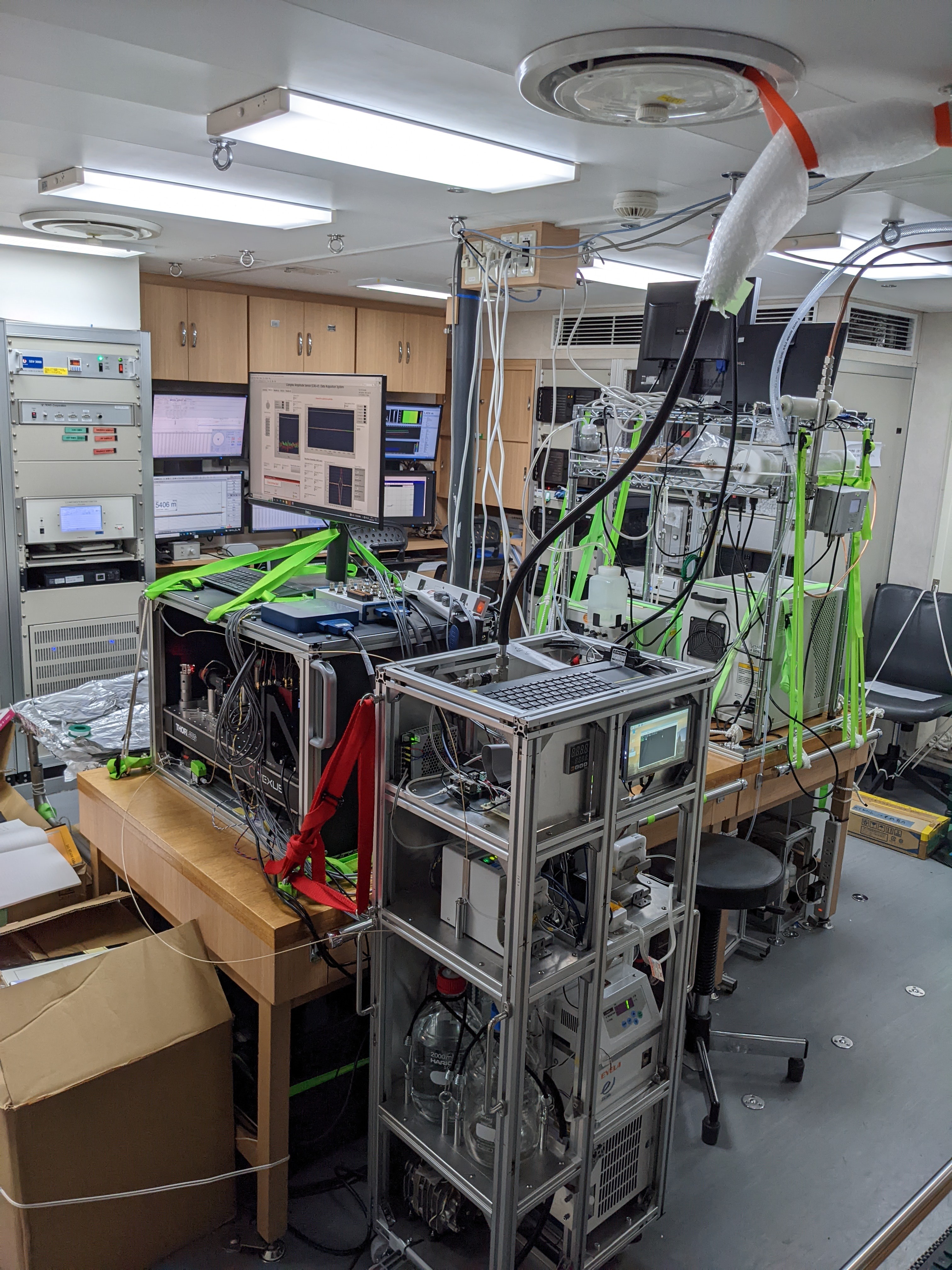Black carbon (BC) in the atmosphere is a carbonaceous particulate matter produced by fossil fuel combustion and wild fires. As the strongest light-absorbing aerosol component, BC significantly influences global temperature, atmospheric circulation, and precipitation through direct atmospheric heating and reduction of snow/ice surface albedo. However, the complex refractive index—a key optical property of solid materials—remained undetermined for atmospheric BC for many years1. The imaginary part of the complex refractive index crucially affects the particle’s light absorption efficiency.
The primary challenges in determining BC’s complex refractive index arise from the diversity in particle morphology and size distribution, and temporal/spatial variations in mixing states with other aerosol components. These factors significantly complicate the derivation of complex refractive indices from optical measurement data—a fundamental challenge common to all solid particulate matter with irregular shapes and crystal structures.
We developed a new method for measuring complex refractive indices using Complex Amplitude Sensing (CAS) that avoids these error sources2. This method involves suspending atmospheric aerosols in water, where water-insoluble components like BC remain as suspended particles while water-soluble components dissolve. An automated particle collection system prepares these sample solutions for measurement by CAS, obtaining complex scattering amplitude data for water-insoluble solid particles. The method then statistically infers BC’s shape parameters, size distribution, and complex refractive index by comparing measurement data with theoretical calculations (using particle size, shape, and complex refractive index as model parameters).
During a July 2022 northwestern Pacific cruise (JAMSTEC Shinsei Maru), we conducted week-long field measurements using liquid-phase CAS and particle collection systems (Photo 1). We significantly reduced uncertainty ranges for both real and imaginary parts of atmospheric BC’s complex refractive index compared to previous studies1, proposing 1.95 +0.96i as a recommended value that minimizes risk of overestimating light absorption. The proposed value of imaginary part exceeds the conventional assumption (1.95 + 0.79i) by 0.17, indicating approximately 16% underestimation of BC light absorption in previous studies. These findings are expected to enhance understanding of aerosol-radiation interactions, improve the accuracy of aerosol remote sensing, and reduce assumptions in climate modeling.
Currently, we are improving the method for constraining the particle’s complex refractive index using the enhanced CAS-v23. In addition to BC, we aim to constrain the complex refractive indices of other radiatively-important solid particles, including iron oxide in mineral dust and calcium carbonate—a proposed candidate material for stratospheric aerosol injection.

Photo 1. Particle collection system and CAS instrument for liquid-borne particles operating in Shinsei Maru cabin (photographed July 29, 2022, by Sho Ohata)
References
-
Bond, T. C., and Bergstrom, R. W., Light Absorption by Carbonaceous Particles: An Investigative Review, Aerosol Sci. Technol., 40(1), 27–67, 2006. https://doi.org/10.1080/02786820500421521.
-
Moteki, N., Ohata, S., Yoshida, A., and Adachi, K., Constraining the complex refractive index of black carbon particles using the complex forward-scattering amplitude, Aerosol Sci. Technol., 57(7), 678–699, 2023. https://doi.org/10.1080/02786826.2023.2202243.
-
Moteki, N., and Adachi, K., Measuring the polarized complex forward-scattering amplitudes of single particles in unbounded fluid flow: CAS-v2 protocol, Opt. Express, 32(21), 36500–36522, 2024. https://doi.org/10.1364/OE.533776.